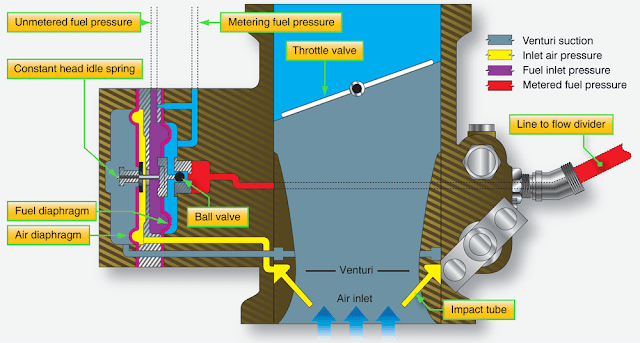I learned that a venturi is used that determines the pressure difference in the incoming air to calculate how much air is going into the cylinder and that calculates how much fuel needs to go in.
So if closing the throttle reduces air into the cylinder, which also reduces fuel into the cylinder, then why do we need a fuel air mixture control. As the airplane climbs, less air goes into the cylinder, and shouldn't that also cause less fuel into the cylinder?
So if closing the throttle reduces air into the cylinder, which also reduces fuel into the cylinder, then why do we need a fuel air mixture control. As the airplane climbs, less air goes into the cylinder, and shouldn't that also cause less fuel into the cylinder?


